Testről és lélekről (On Body and Soul): An interview with director Ildikó Enyedi
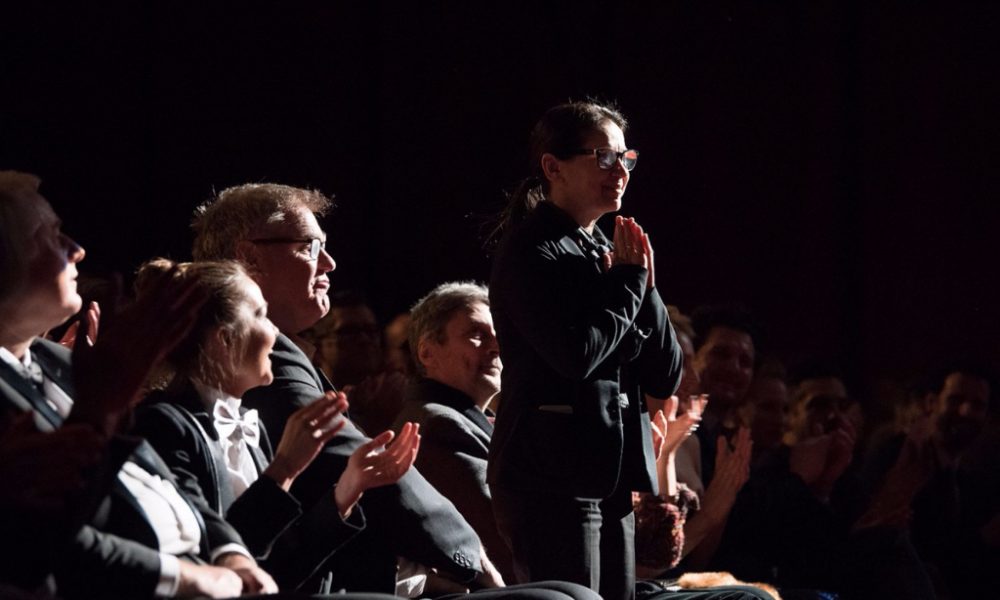
On Body and Soul is an unconventional film that has moments of romance and humour, and yet is about as far from a romantic comedy as can be imagined. The feature had its world premiere at the 2017 Berlin International Film Festival, and we sat down with director Ildikó Enyedi to talk about how love can be strange, and whether those cow butchering scenes set in a Budapest slaughterhouse were actually real.
Your two lead characters are closed off from the world and they begin to open up throughout the movie. Is this a story about reinventing yourself in some way?
I think there are so many signs that we have to reinvent our lives on both a small and a large scale. Private lives are so much about how society is constructed, like they’re interdependent. So if we think about private lives, we have to think about how society is organised. So if you live in conditions that are against living a full life, then you get sick in a way. Society sees to that. And maybe you go to a therapist, or you start drinking, or you beat your family, or whatever. These are the signs that not everything is OK! So, my two heroes don’t feel right in their skin, and they close themselves off.
The character of Mária can be quite nervous, and even rather submissive. Were you concerned about allowing the relationship to seem at all sadomasochistic?
There’s a simple and pure closeness of the moment. A sadomasochistic aspect comes out if these very strong passions go in… let’s say the wrong way. And here she doesn’t even know about these passions. With her sensual side, she doesn’t even know this can exist. These passions are awoken by the man and the strange coincidence. And when they are woken up she very honestly tries to figure out, what the hell is this love? Is it a real love? It’s not some distorted way of way of trying to find love if you can’t find it in a real way. I really didn’t want even a hint of sadomasochism.
Were the rather confronting scenes of cows being killed and butchered in the slaughterhouse real, or did the special effects team just do a really good job?
Oh, no, no. It was not staged at all. Listen, if you have to kill such a big animal and then slice it up, it’s hard work. And we didn’t want to interfere with it, so we just changed the light bars, and even the slaughterhouse was the same, aside from the light qualities, and then with two cameras we just documented what they were doing, we didn’t interfere at all.
Your male protagonist Endre has a crippled arm. Mária has extreme issues with shyness. Was it a deliberate choice to match them by giving them a type of hindrance – one social and one physical?
She has a big journey in the film, and what I wanted to show was you might just be clumsy in your social life. A social life can be so demanding. We are very hypersensitive to very, very small things. Sometimes if somebody laughs at a higher pitch or something, they’re a weirdo. If somebody has absolutely correct clothes, but their shoes don’t match their trousers, we can become suspicious. Has he or she a problem? We don’t realise, because we play this game so fluently, and it’s an incredible game, full of obstacles. I was such a girl: never felt at ease with small talk, but was very communicative and involved when in a team. We had to talk about some kind of goal or project? Great. But when you’re just hanging out in teenage times, I was really, really clumsy, and somehow I learned to be more relaxed when my kids were born, and I try to be more relaxed now. So it’s not so rare, and you really have to be on top and taking care of what clothes in what environment, for example, because we are full of tiny subcultures, and if you walk from one to another, people might think you’re ridiculous. So this sort of quality was very important for me, for the girl as her starting point, to understand the pressure of going on this learning process. And they are so much starting from opposite points, that for the man – he had a life, he had a family, he’s divorced, he has a grown-up daughter, he has a senior position in the slaughterhouse, he has a socialness. I had to give reasons why he stepped back from all this. He’s the after, and the girl is before.
Géza Morcsányi (who plays Endre) was born in 1952. Alexandra Borbély (who plays Mária) was born in 1986. Was this considerable age difference always going to be part of the process to emphasise their unconventional love?
I wanted that before and after effect with the characters, but for me it was important that she was not such a young girl, so as not to have this Lolita effect, and not to have a girl, but a woman. It was important for me that it should be hard to figure out how old she is. I wanted to make her a bit ageless. Also because when you are so sheltered from experiences, passions leave a trace, marks on you, and because of her sheltered life, you can’t see these marks.
Oliver Johnston
Read our review of Testről és lélekről (On Body and Soul) here.
For further information about the 67th Berlin Film Festival visit here.
Read more reviews from the festival here.


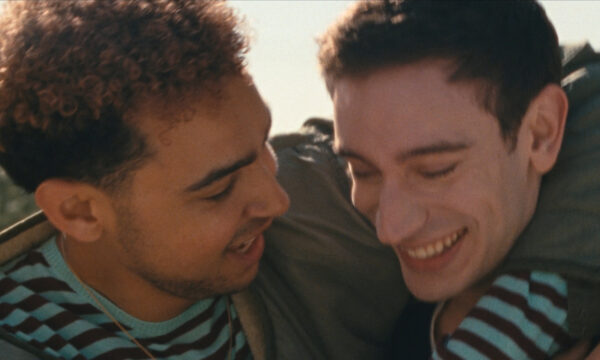
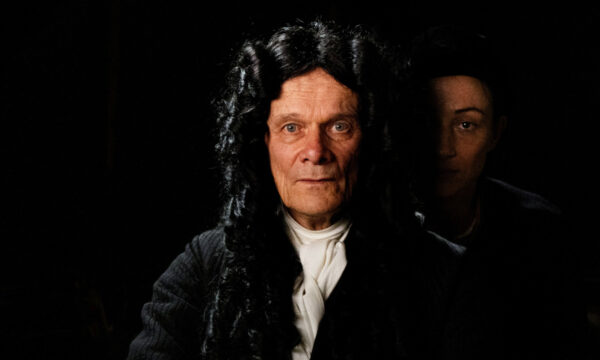
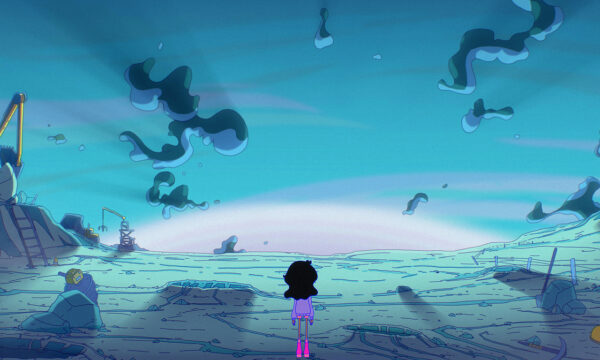
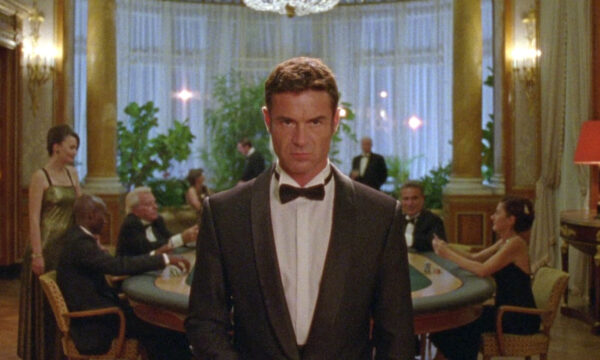
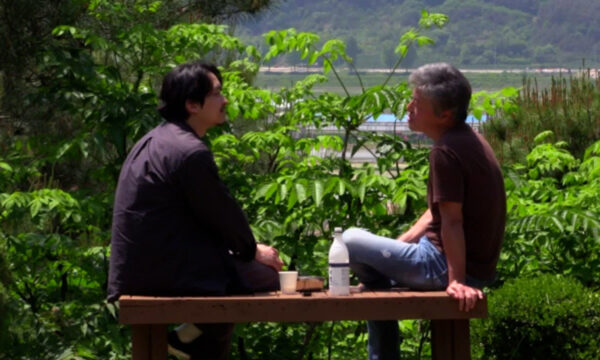
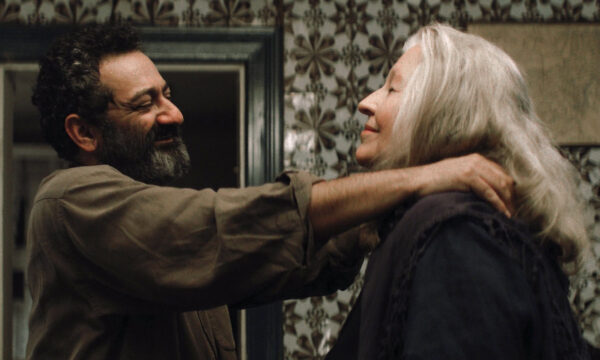
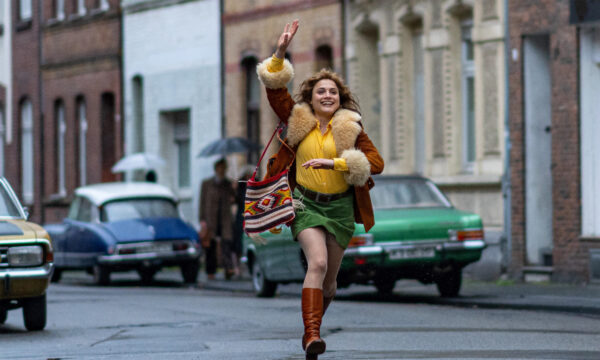
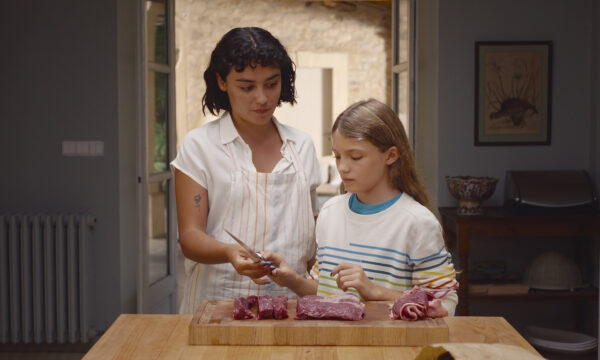
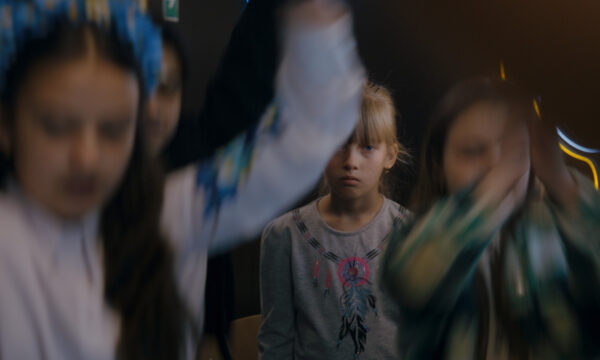
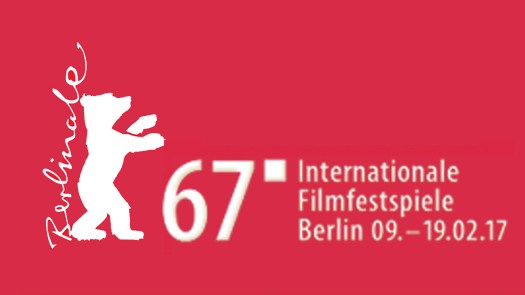













Facebook
Twitter
Instagram
YouTube
RSS